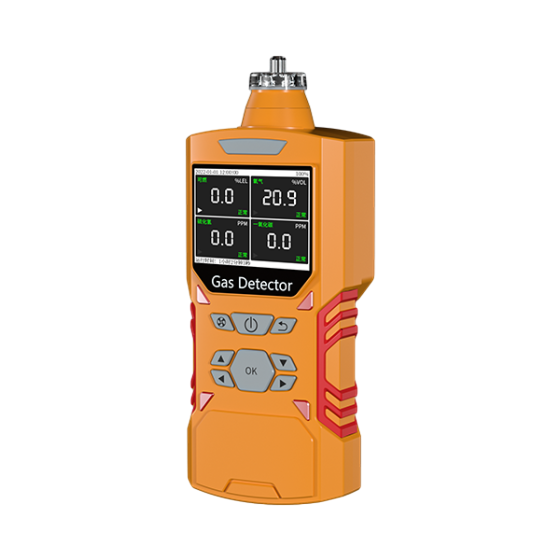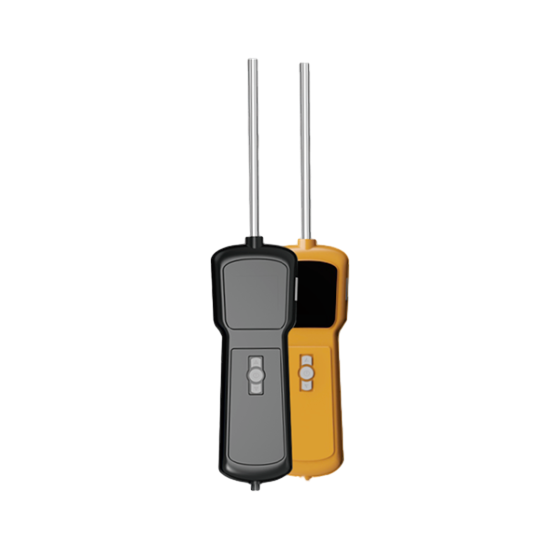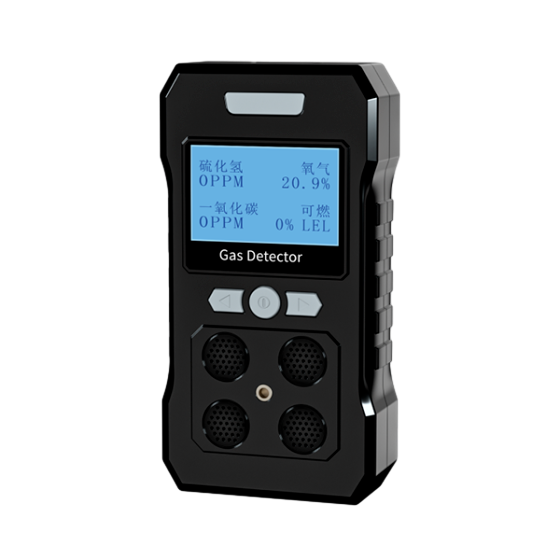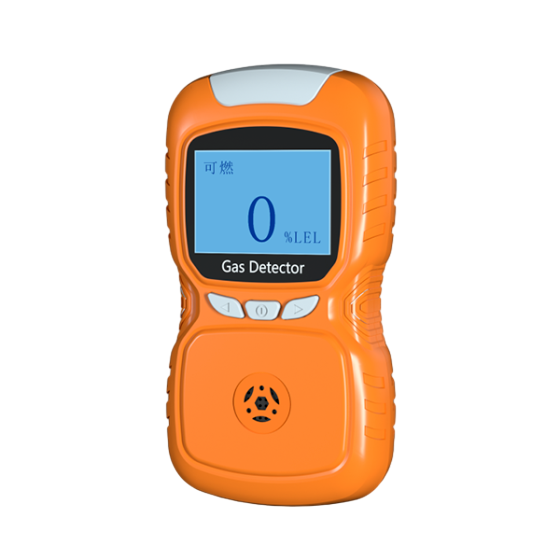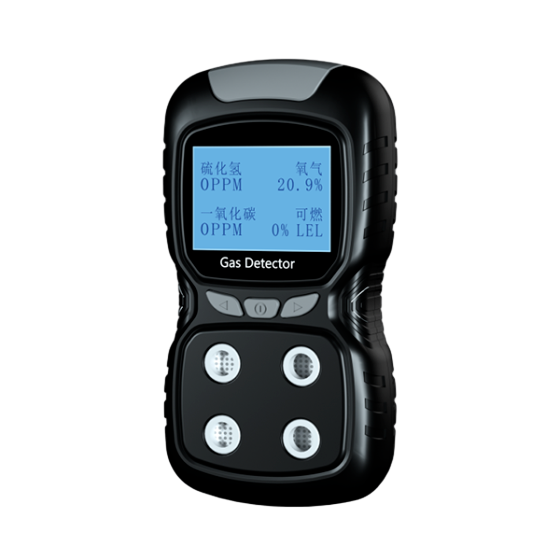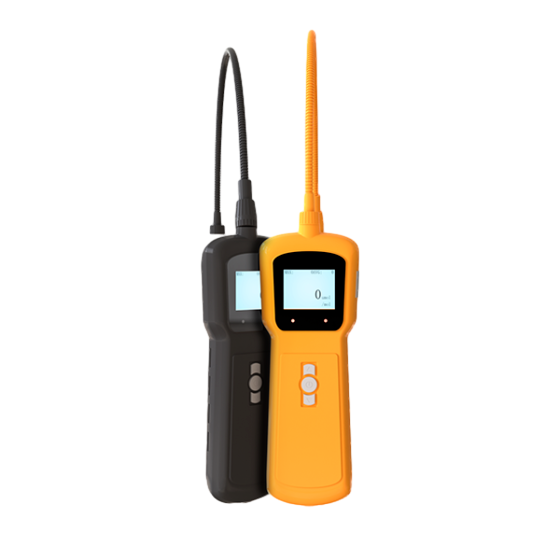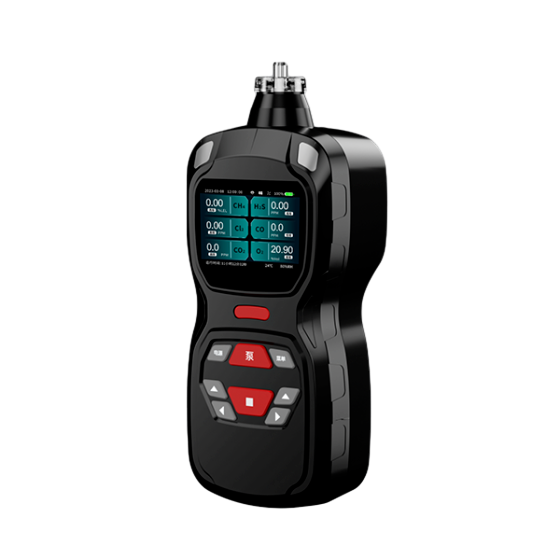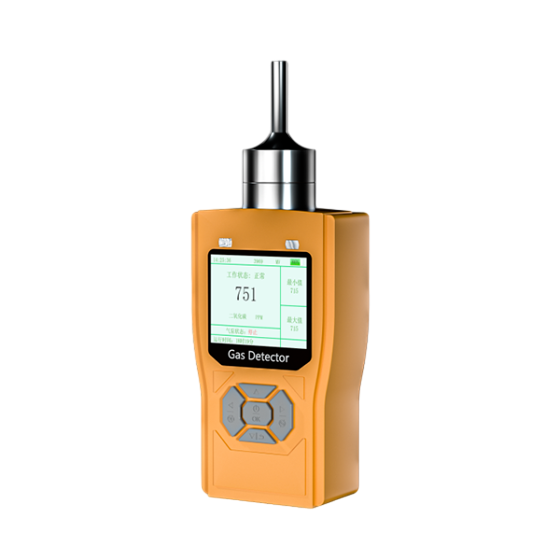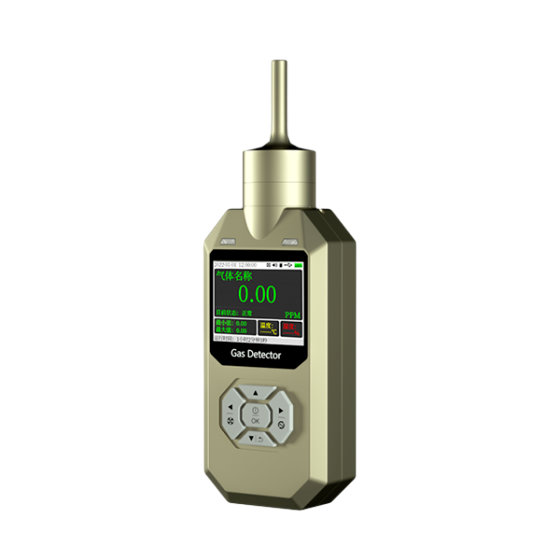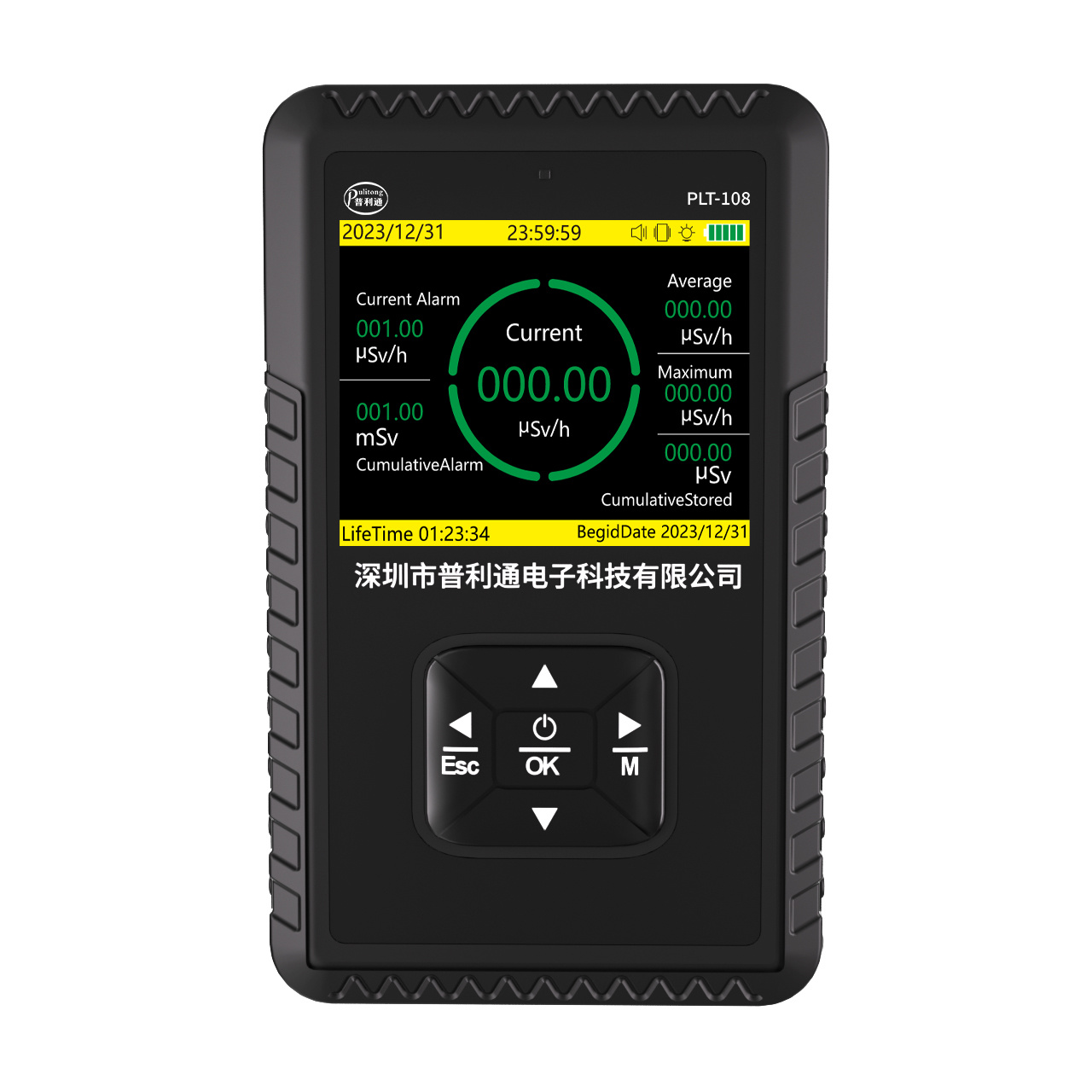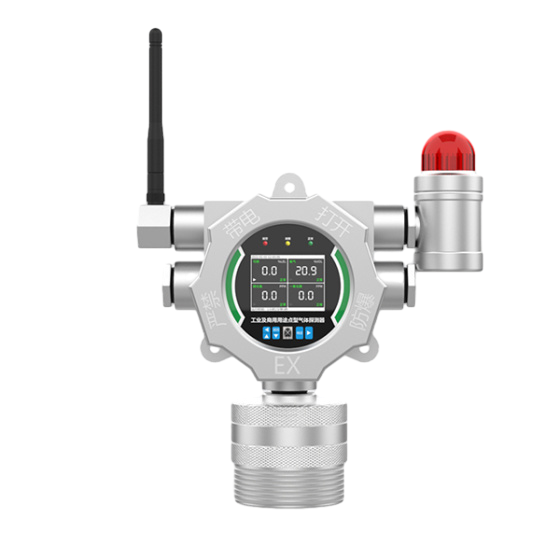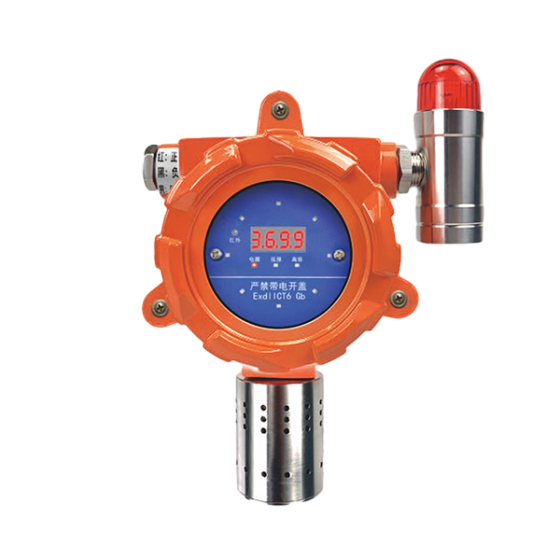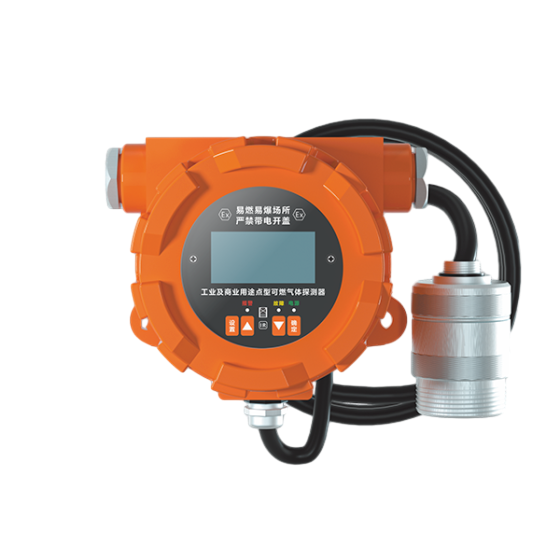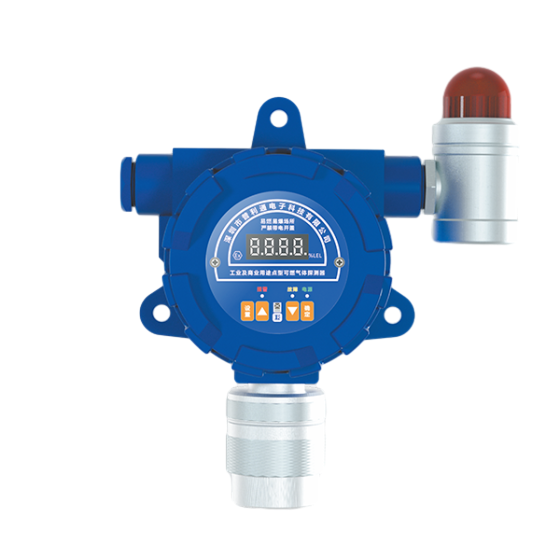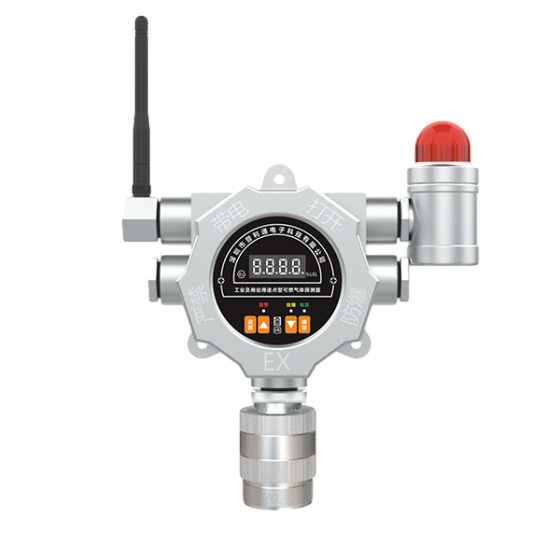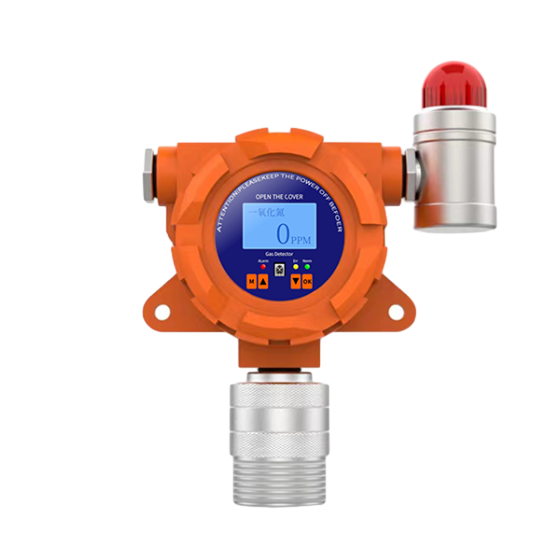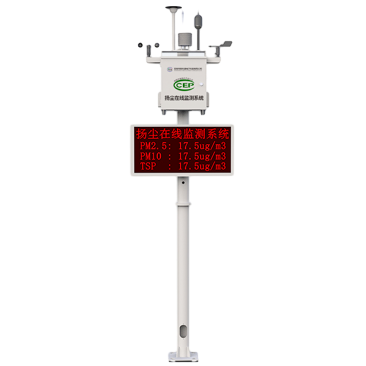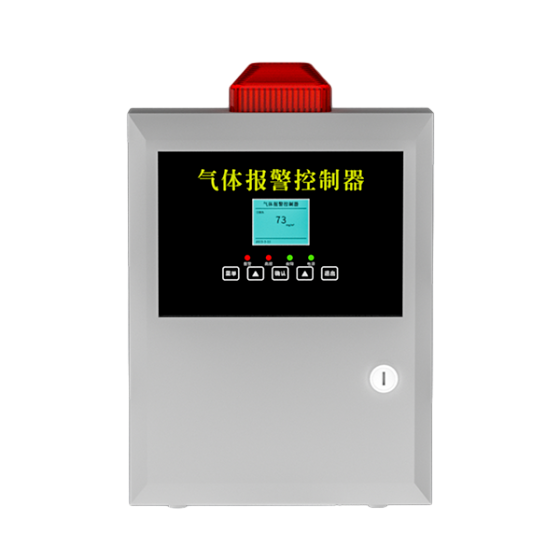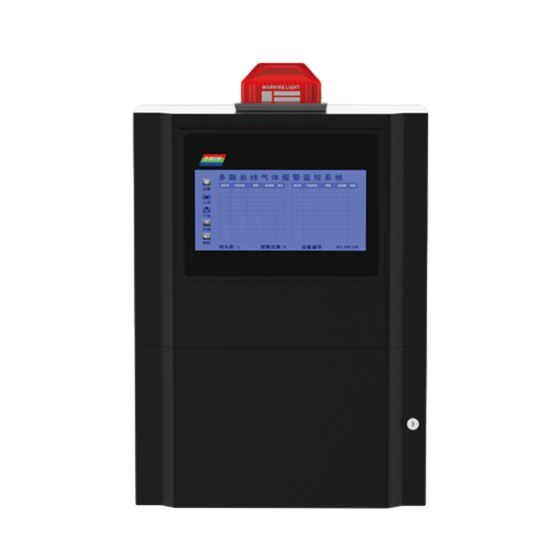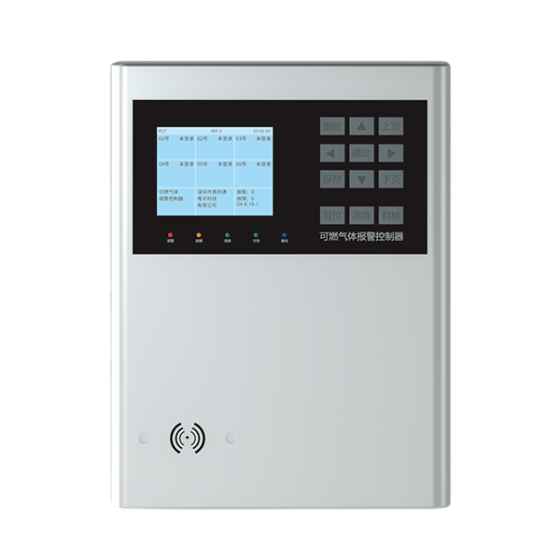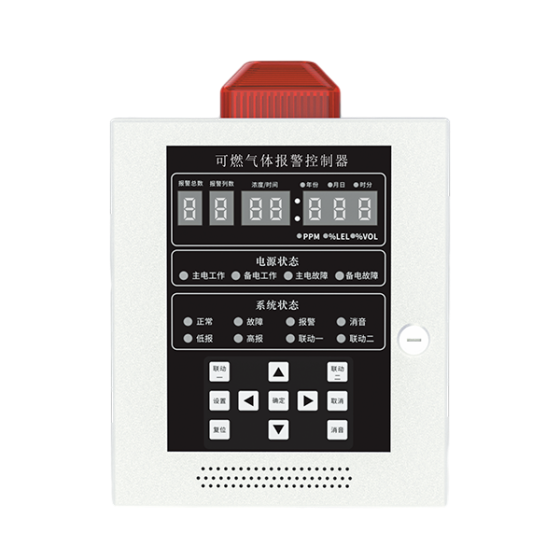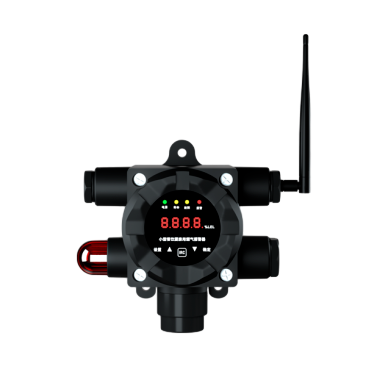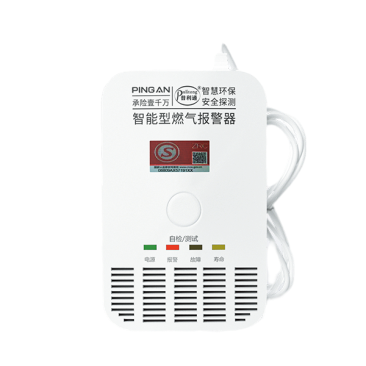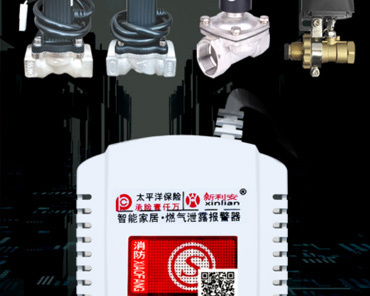Unlocking Safety: Your Essential Guide to Carbon Monoxide Alarms
2025-05-22
Why You Need a Carbon Monoxide Alarm
Hey there! Let’s talk about something incredibly crucial yet often overlooked in our homes: the Carbon Monoxide Alarm. Yep, that little gadget could make a huge difference in keeping your family safe. But what exactly is carbon monoxide, and why do we need alarms for it? Let’s break it down.
What is Carbon Monoxide?
First off, carbon monoxide (CO) is a colorless, odorless gas produced by burning fossil fuels. It’s sneaky and can accumulate in your home without you even noticing. You might think, "Oh, that’s not a big deal!" But trust me, it is! CO poisoning can lead to serious health issues or even be fatal. Yikes!
Common Questions About Carbon Monoxide Alarms
Now, let’s dive into some common questions folks have about these lifesaving devices. Ready? Let’s go!
1. How Does a Carbon Monoxide Alarm Work?
Ah, the magic of technology! A carbon monoxide alarm detects the gas by using sensors that monitor the air for CO levels. When it senses a dangerous concentration, it’ll emit a loud alarm, alerting you to evacuate immediately. Think of it as your home’s personal security guard!
2. Where Should I Install My Carbon Monoxide Alarm?
Great question! You should install these alarms near sleeping areas and on each level of your home. If your home has an attached garage, make sure to place one there too. Just be sure to keep it away from windows, doors, or vents that could interfere with its performance. You wouldn’t want it to miss a crucial warning!
3. How Often Should I Replace My Carbon Monoxide Alarm?
Don’t forget about maintenance! Most carbon monoxide alarms have a lifespan of about 5 to 7 years. It’s a good idea to check the manufacturer’s instructions. If it’s beeping at you every minute, it might be time for a replacement. You wouldn’t want to ignore that annoying sound!
4. What Should I Do When the Alarm Goes Off?
Okay, so the alarm is blaring. What now? First, remain calm—don’t panic! Quickly evacuate your home and then call emergency services. Do not re-enter the house until it’s declared safe. Always err on the side of caution!
How to Maintain Your Carbon Monoxide Alarm
It’s all about keeping that little gadget in tip-top shape. Test your alarm monthly by pressing the test button. Clean it periodically to prevent dust from interfering with its sensors. And remember to replace the batteries at least once a year. Simple, right?
Final Thoughts: Don't Play with Fire!
In conclusion, a Carbon Monoxide Alarm is not just a gadget; it’s a necessity. Don’t take your safety lightly! Equip your home with these alarms, and ensure your family can breathe easy. Remember, prevention is always better than cure. Stay safe and sound!
Related Info
Combustible gas alarm maintenance
2020-07-03
2021-01-14








